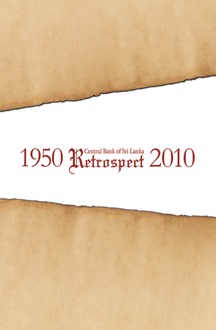The Bank's History
Here, you can read short profiles of our past Governors and explore the history of the Central Bank of Sri Lanka and its head office. You can also find our historical photos and view our souvenir books.
Upon gaining independence in 1948, the post-independence Government of Ceylon (as Sri Lanka was then known) established the Central Bank of Ceylon to maintain an active monetary policy regime and a dynamic financial sector to support and promote economic growth
The Bank's Beginning
Prior to the establishment of the Central Bank, the Currency Board System set up under the Paper Currency Ordinance No.32 of 1884 functioned as the country’s Monetary Authority, though very narrow in its capacity. This system was deemed to be inadequate for a developing country upon gaining political independence.
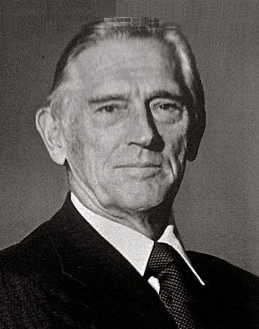
Upon gaining independence in 1948, the post-independence Government of Ceylon sought technical expertise to establish a central bank from the United States of America (USA). In July 1948, Mr. John Exter, an American economist from the Federal Reserve Board of USA was appointed to carry out this task.
The Exter Report provides the rationale and the legal framework for the central bank. The Report was presented to the House of Representatives in November 1949. Along with this report, a draft bill with explanatory comments was presented as part II of the Report. The Bill was passed by the House as the Monetary Law Act No. 58 of 1949 on 25 November 1949, paving the way for the establishment of the Central Bank of Ceylon and which ended the Currency Board System.
Thus, the Central Bank of Ceylon was established by the Monetary Law Act (MLA) No.58 of 1949 and commenced operations on August 28, 1950 to maintain an active monetary policy regime and a dynamic financial sector to support and promote economic growth. It was renamed the Central Bank of Sri Lanka (CBSL) in 1985.
The Central Bank was given wide powers to administer and regulate the entire money, banking and credit system of the country. The Central Bank was also given the sole right and authority to issue currency and it also became the custodian of the international reserves of the country.
The objectives of the Central Bank as specified in the MLA in 1949 included the following;
(a) The stabilisation of domestic monetary values (maintenance of price stability).
(b) The preservation of the par value or the stability of the exchange rate of the Sri Lankan Rupee (maintenance of exchange rate stability).
(c) The promotion and maintenance of a high level of production, employment and real income in Sri Lanka.
(d) The encouragement and promotion of the full development of the productive resources of Sri Lanka
However, in keeping with the worldwide trends in central banking and the rapid changes in international financial markets, consequent to the economic liberalisation and the significant advancement in information technology, the Central Bank embarked on a modernisation programme in 2000 and the objectives were adjusted accordingly in 2002, bringing them down to two core objectives:
(1) The maintaining of economic and price stability
(2) The maintaining of financial system stability
Except for the above amendment in 2002, which simplified the Central Bank's objectives, the MLA has not undergone a thorough review and revision in the past. Therefore, with the intention to review several provisions in the MLA in line with global best practices, Central Bank of Sri Lanka Act (CBA) was enacted in 2023 as a result of economic developments and the overall evolution of central banking. CBA has special provisions to improve the central bank's independence, to increase its openness and accountability, and to reinforce the monetary policy framework to maintain continued price stability in Sri Lanka.
The objectives of the CBSL were also changed accordingly.
(1) Primary Objective: Achieve and maintain domestic price stability
(2) Other Objective: Secure the Financial system stability
Past Governors
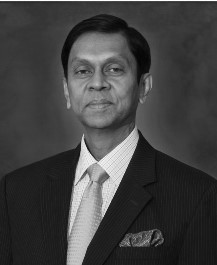 |
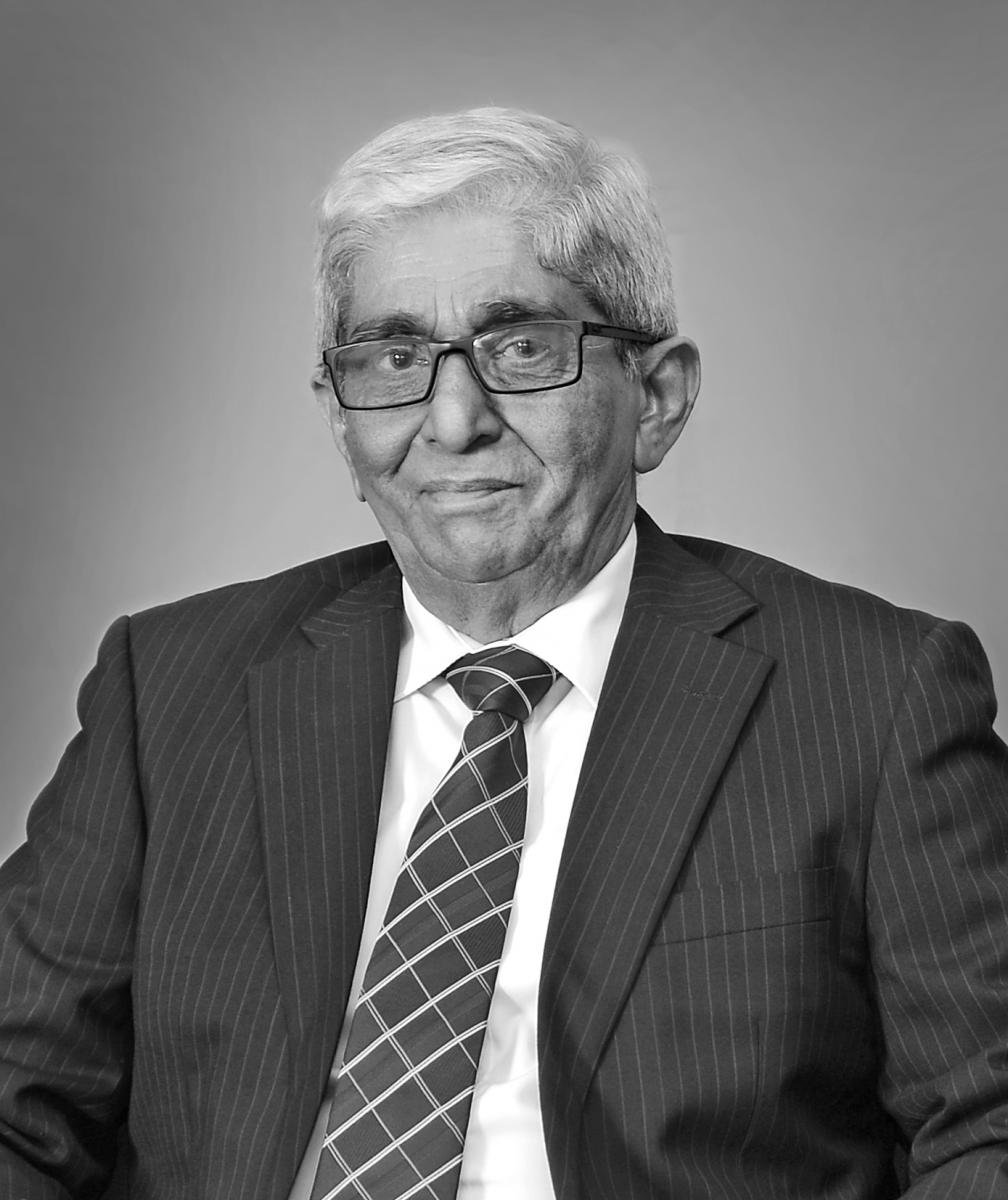 |
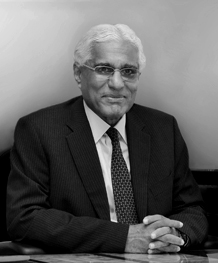 |
Ajith Nivard Cabraal2021 - 2022 |
Deshamanya Prof. W D Lakshman2019 - 2021 |
Dr. Indrajith Coomaraswamy2016 - 2019 |
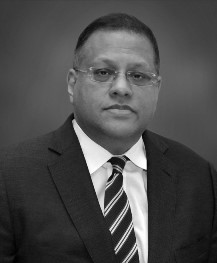 |
 |
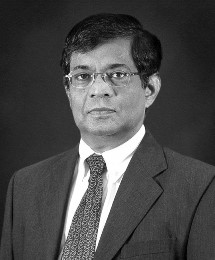 |
Arjuna Mahendran2015 - 2016 |
Ajith Nivard Cabraal2006 - 2015 |
Deshamanya Sunil Mendis2004 - 2006 |
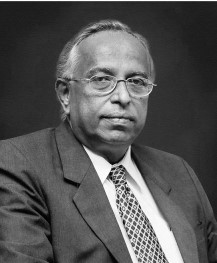 |
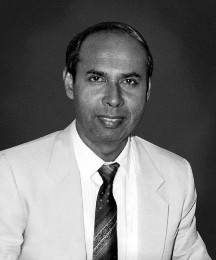 |
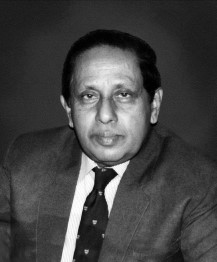 |
A S Jayawardena1995 - 2004 |
H B Dissanayaka1992 - 1995 |
Dr. H N S Karunatillake1988 - 1992 |
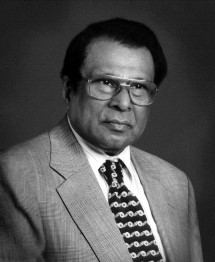 |
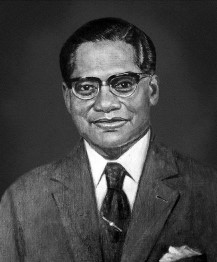 |
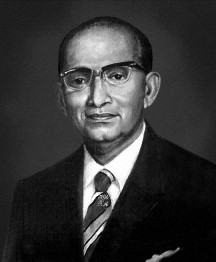 |
Dr. W Rasaputram1979 - 1988 |
H E Tennekoon1971 - 1979 |
W Tennekoon1967 - 1971 |
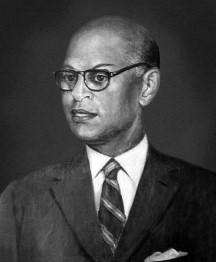 |
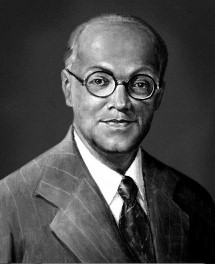 |
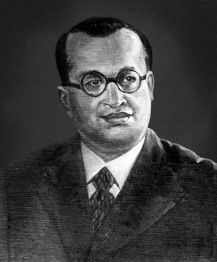 |
D. W. Rajapathirana1959 - 1967 |
Sir Arthur Ranasinghe1954 - 1959 |
N U Jayawardena1953 - 1954 |
 |
||
John Exter1950 - 1953 (Founder Governor) |











